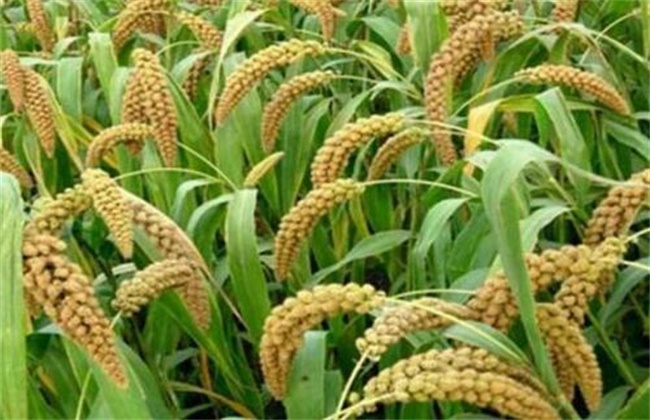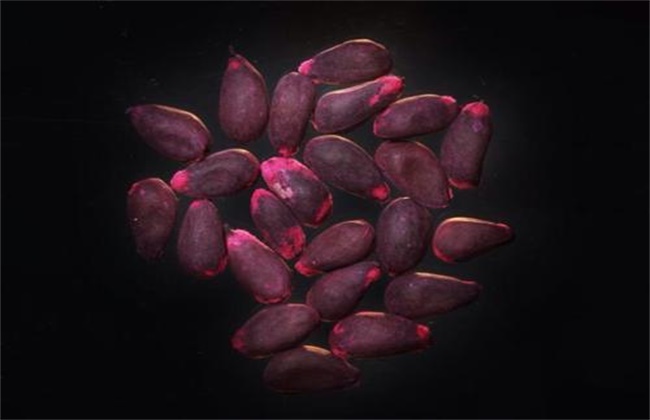Matters needing attention for wheat overwintering water
Wheat is a very common food crop in our daily life, which has a very large planting area in our country. When planting wheat, we need to do a good job of watering. Especially the overwintering water is the key to ensure the wheat to survive the winter safely. When watering the winter water, there are many places that need our attention. Then let's take a look at the points for attention of wheat overwintering water with Xiaobian.

1. Pay attention to the watering time
When watering wheat overwintering water, the first thing we should pay attention to is the watering time of wheat. In watering it is best to ensure that the night freezes during the day, usually before and after Lesser Snow's solar terms, and the average daily temperature should be kept at about 8 degrees until it is reduced to 5 degrees. The time of watering overwintering water should not be too early, because the temperature is relatively high and the water evaporates quickly. Therefore, it is impossible to keep the soil warm and preserve soil moisture. If the wheat field grows well, then the wheat seedlings will grow too much because of sufficient water and fertilizer. If it is serious, it will also jointing before winter, resulting in wheat freezing damage.
However, watering should not be too late, as opposed to watering too early. If it is too late, because the temperature is already relatively low, it is not easy for the water to seep into the soil after watering, resulting in stagnant water and easy freezing on the surface. As a result, the wheat seedlings were frozen and died after winter irrigation. When watering, should choose to be carried out within 9-16:00, control the amount of watering, to ensure that after watering, the water can be infiltrated in the same day. Do not flood, otherwise there will be stagnant water on the ground and form a frozen layer. After watering, it is necessary to do a good job of suppressing and hoeing to avoid cracking on the ground, ventilating and injuring the roots and killing the seedlings.
2. Pay attention to the seedlings of soil moisture
In order to ensure that wheat seedlings have appropriate soil water content during the rejuvenation period. Usually when the soil moisture is poor, that is, if the water content of the cultivated layer of sandy soil is less than 16% and that of loam is less than 18%, then winter irrigation should be done in time. If it exceeds the target, it means that the soil moisture is not bad, and the irrigation time can be delayed appropriately or not in winter. If there are few roots and leaves and insufficient tillering, especially in the late sowing wheat field, winter irrigation is not allowed. Then if the growth is prosperous, the soil moisture is good and the bottom fertilizer is sufficient, there is no need to irrigate the overwintering water.
3. Pay attention to the amount of water
The last thing we need to pay attention to is the amount of water. When carrying out winter irrigation, it should generally be carried out in the morning to ensure that all water can infiltrate into the soil before nightfall. Usually the amount of water per mu should be kept at about 50 cubic meters, and when watering, the amount of water must not be too large. If there is a lack of fertilizer in the wheat field, then topdressing should be combined with winter irrigation. After watering, hoe should be paddled in time to raise the ground temperature and ensure the wheat to survive the winter safely.
The above is a brief introduction to the matters needing attention in wheat overwintering water. That's all for today's introduction. This article is for reference only. Thank you for your reading and support.
Related
- The first cup of black tea in spring, the flavor and history of tea gardens in Kenya, Africa
- The computer can not only choose potatoes, but also grow tea rice. AI will grow winter oolong tea champion.
- It is not only the inflated tea bitten by insects, but also engraved with the four seasons tea in Beipu.
- The Oriental Beauty Tea Festival in Zhuxian County takes the stage at the weekend to experience the plus-size feast of oil tea.
- & quot; Oriental Beauty Tea & Exploration of Emei in Hsinchu, the hometown of quot;
- The new variety of strawberry "Tainong 1" dessert is the first choice with mellow aroma. Crimson gorgeous
- History of Tea in Taiwan: from Wild Inner Mountain to Export Tea Garden
- Two types of Taiwan Oriental Beauty Black Tea won the British three-Star Award for Childhood Tea Xiang Zhang Jiaqi changed from pilot to champion tea maker.
- Banana species and varieties: the planting history of Taiwan Xianren banana and dwarf banana is long, is banana disease resistant?
- Coffee planting Technology: Qianjie Coffee from Seedling to harvesting



